Wasioja, Minnesota, was a thriving community in the 1850s and 1860s. The village was settled in 1854 and residents chose the name Wasioja, which is the Dakota name for the river we now call the Zumbrota. By 1858, the village boasted a hotel, saloon, post office, blacksmith shop, hardware store, tailor shop, two law offices, and four dry goods stores. Residents included a doctor, dentist, and justice of the peace. The village’s future was bright as residents submitted a bid to become the county seat of Dodge County, and rumors of the railroad coming to town spread.
The peak of prosperity came in 1860 when the little town swelled to just over 1,000 residents. Local stonemason Andrew Doig had been busy building several buildings in town, including a school, bank, and a two-story seminary.
Just before the start of the Civil War, the railroad bypassed Wasioja and the bid for county seat went to nearby Mantorville. It was a one-two blow for the village. The third blow came during the war when many of the men who volunteered to fight never came home. In total, of the 80 men from Wasioja who fought, only 25 lived through the war.
By 1870, the population had dropped below 800. Several of the village’s prominent residents moved to Rochester and established businesses there.
A handful of pre-Civil War buildings remain in town. You can find the recruiting station where the men from the village signed up to fight in the war. There’s also a limestone school, a church, and the ruins of a seminary gutted by fire.
Civil War Recruiting Station
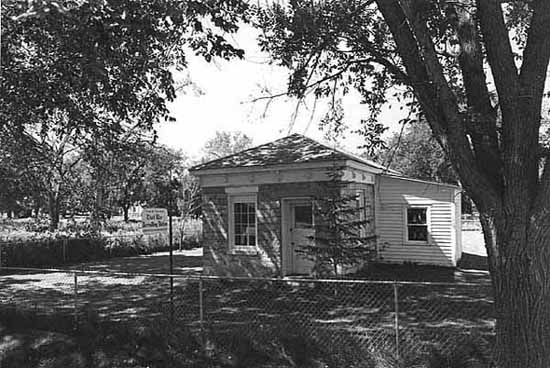
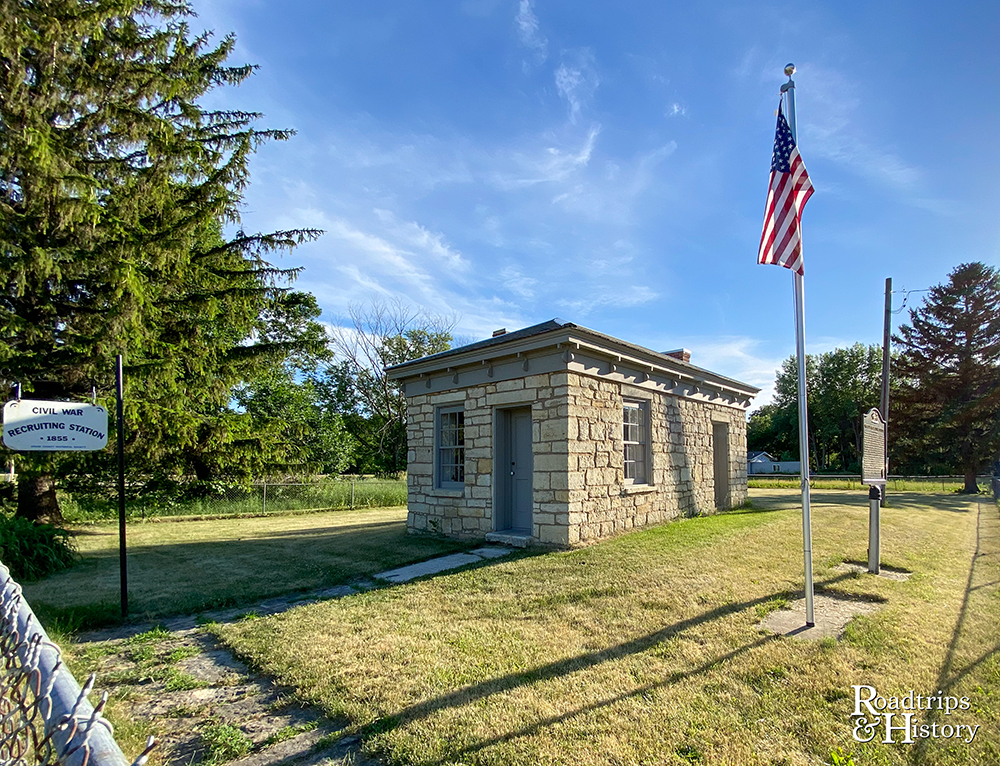
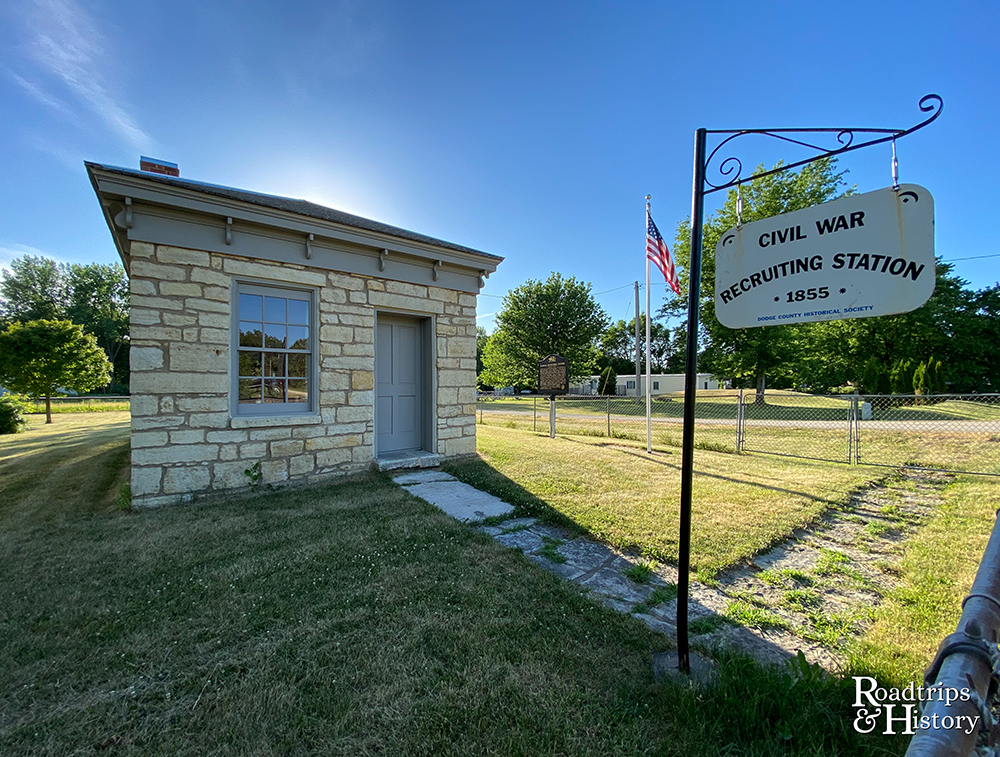
Initially built in 1855 as a bank and law office, the building was used as a Civil War recruiting station starting in April 1861. The men who joined the war here made up the majority of Company C, Second Minnesota Infantry. The company suffered significant loss of life at the Battle of Chickamauga in northern Georgia on September 18–20, 1863. Of the 60 men who enlisted here at the beginning of the war, 59 died in battle, and one survived.
Baptist Church
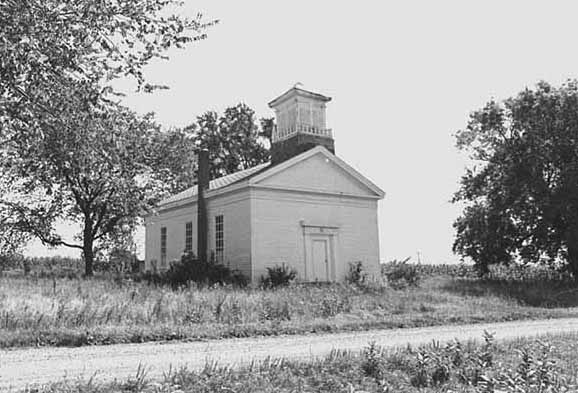
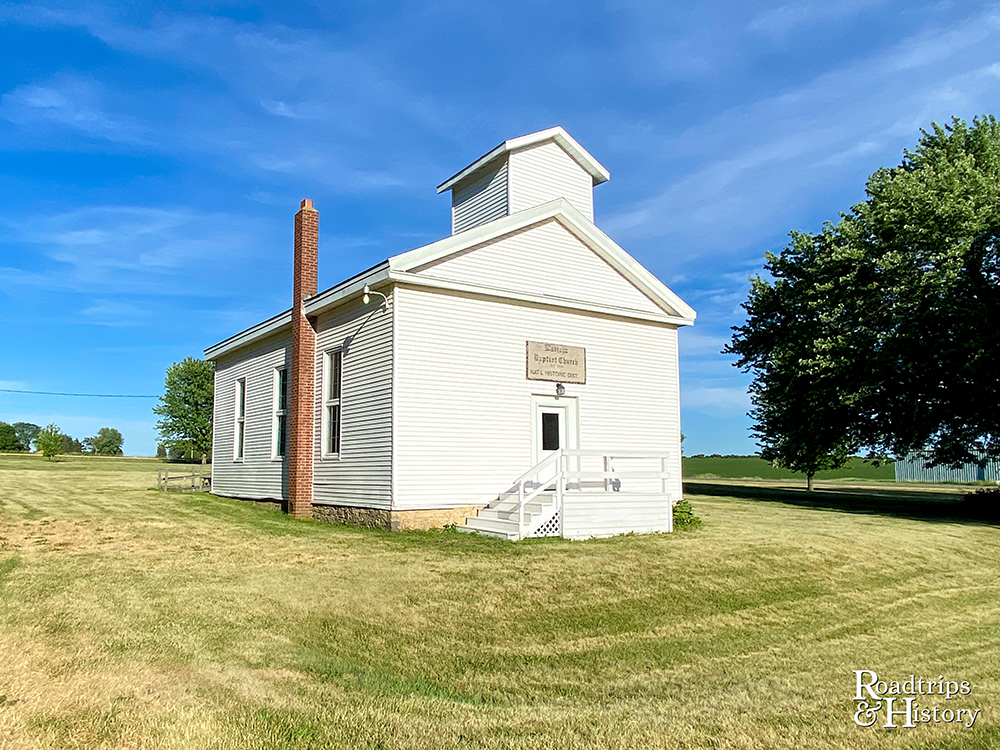
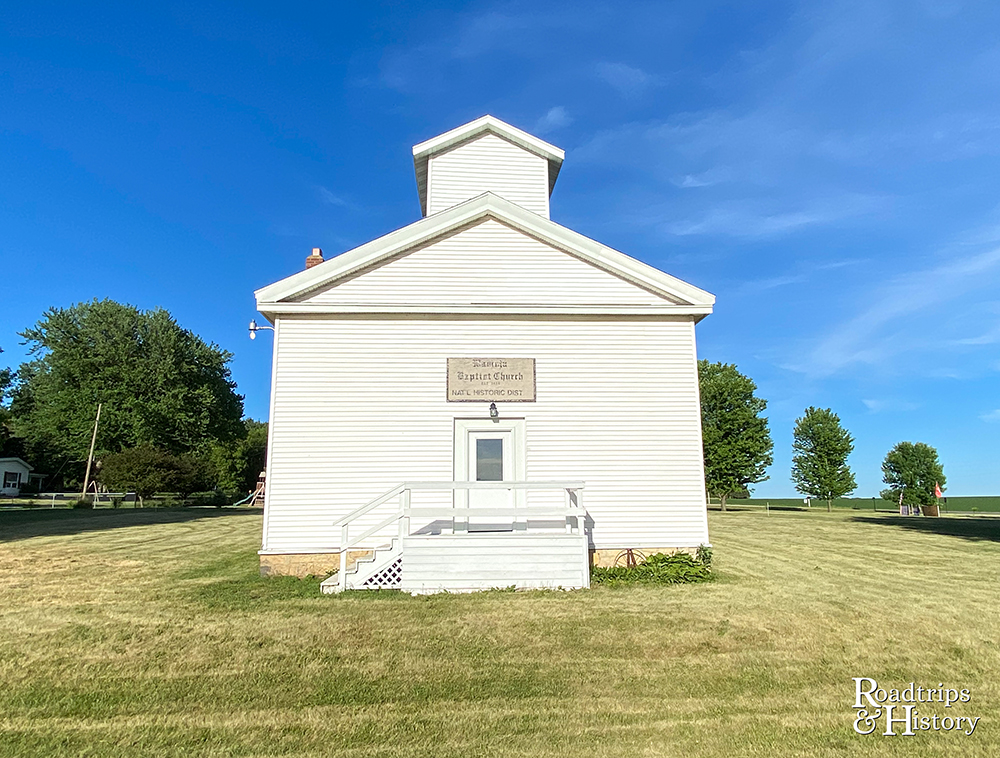
The Wasioja Baptist Church was built for the Free Will Baptists in 1858. It was built before the limestone quarries in the area had been excavated, so it’s the only wood-frame building remaining from the pre-Civil War building boom. It is also the only church built in the village. The church was built almost entirely on the barter system since the financial panic of 1857 led to decreased spending and fewer lending options. But the congregation gave materials, time, and what cash they could spare, and the building is still standing today.
School
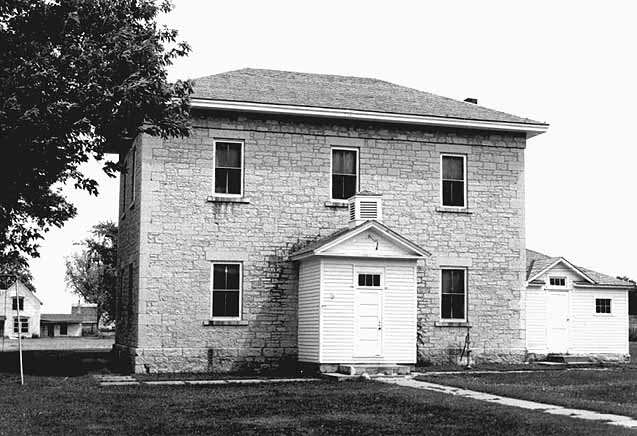
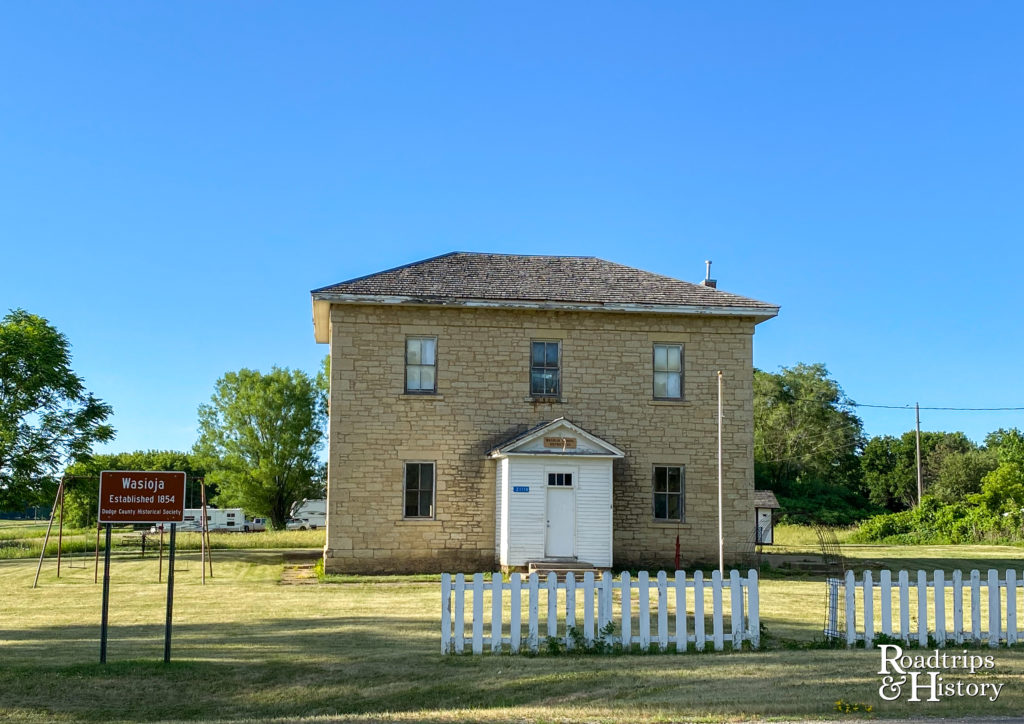
Scottish immigrant Andrew Doig built a two-level village schoolhouse in 1858. He used locally-quarried limestone similar to the stone used on the bank/recruiting station and his own home in the village. The school operated until 1959, when all schools in the county were consolidated. It is the oldest schoolhouse in Dodge County.
Seminary
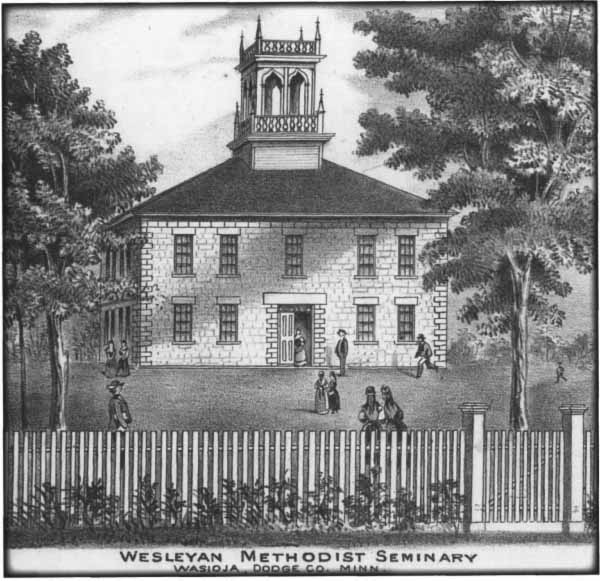
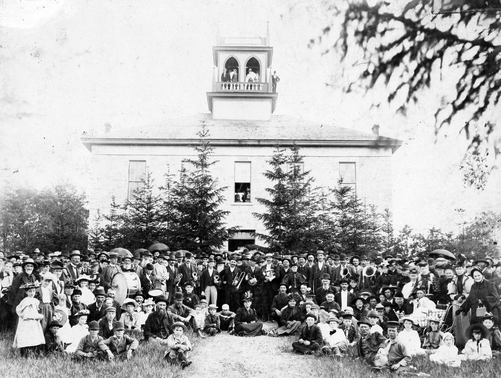
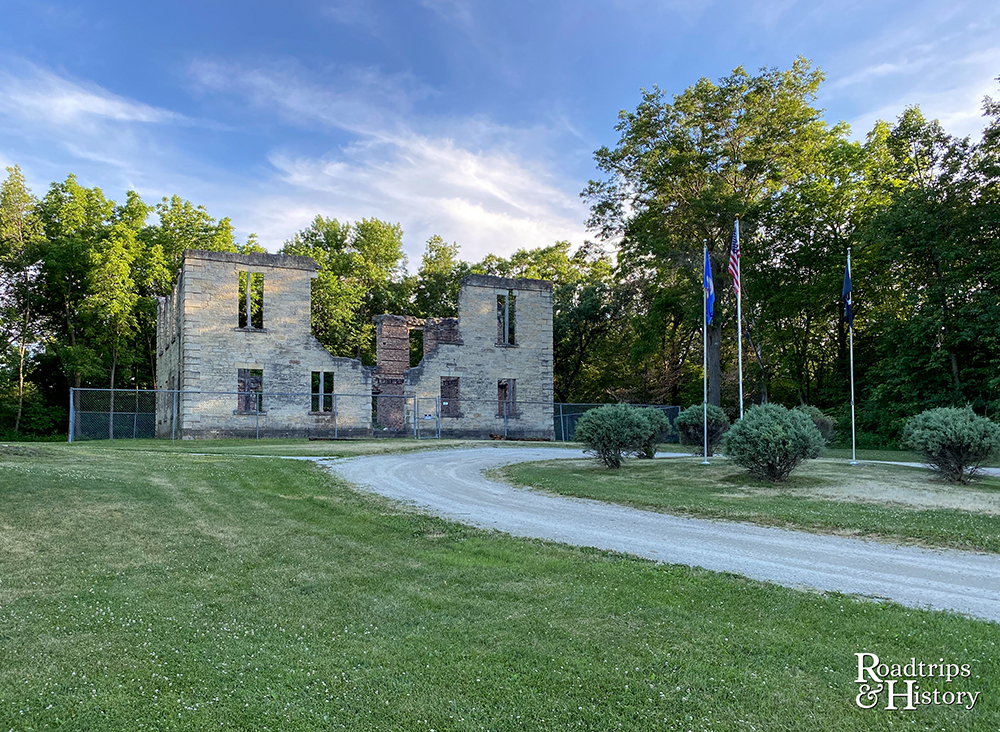
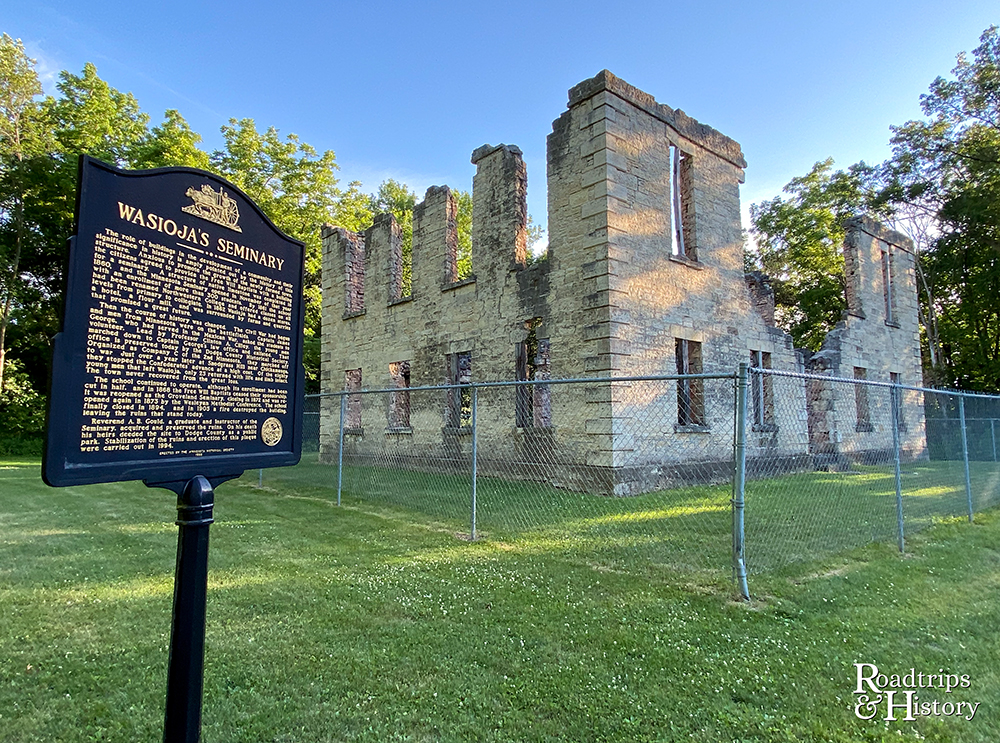
Located just outside of the central village district, the seminary was built in 1860. It was affiliated with the Free Will Baptists who built and worshiped at the church in the town. The building was two levels, constructed of limestone, and had a hipped roof with a prominent Gothic cupola. Just over 300 students enrolled in 1860. The following year, it was renamed Northwestern Seminary, which operated in the building until 1868. Enrollment declined by 50% during the Civil War when men left the seminary to fight. The seminary reopened and operated under a handful of names until 1905, when fire gutted the building. All that remains are the ruins we see today.
